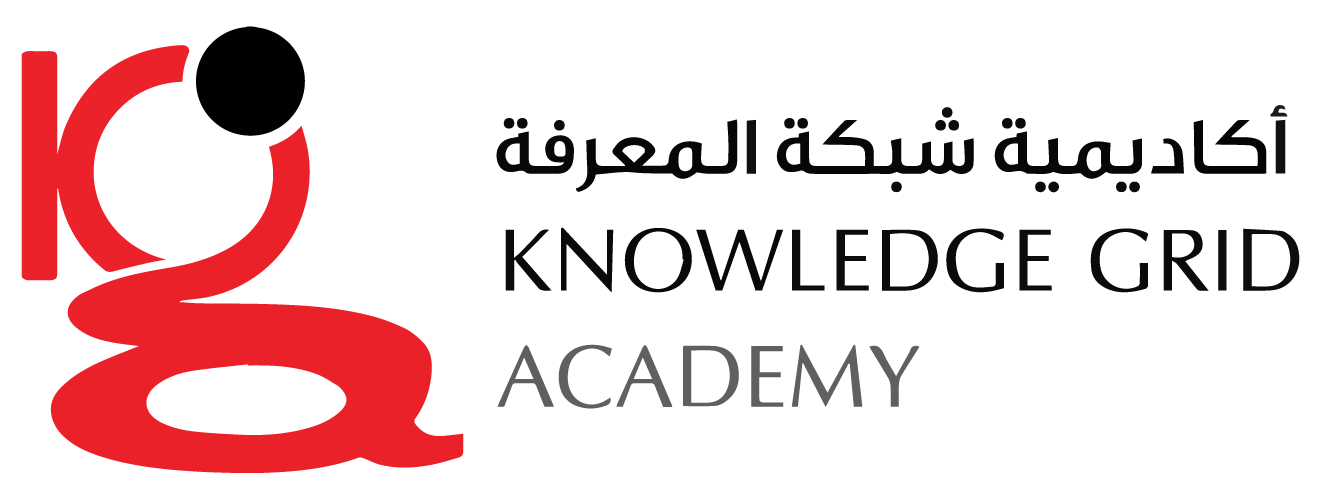Course Aim :
The aim of this course is to teach participants how to effectively use Oracle SQL to retrieve and manipulate data, write complex queries, and understand how Oracle databases operate.
This course is designed to provide participants with a thorough understanding of Oracle SQL and the skills necessary to write queries to interact with an Oracle database. The course covers key SQL concepts, Oracle-specific features, and best practices in writing efficient queries. By the end of the course, participants will be able to query, manipulate, and analyze data stored in Oracle databases.
Course Objective :
- Understand the architecture of Oracle databases.
-
Write basic and advanced SQL queries to retrieve data from Oracle databases.
-
Use Oracle-specific SQL features and functions.
- Manipulate data in Oracle tables.
-
Perform complex joins, subqueries, and set operations.
-
Aggregate and analyze data using SQL.
- Optimize SQL queries for better performance in Oracle databases.
Target Audience :
- Database administrators (DBAs)
-
Developers
-
Data analysts
-
Business intelligence professionals
-
IT professionals looking to enhance their SQL skills in Oracle environments
Pre – Requisites :
- Basic understanding of relational databases.
-
Familiarity with general IT concepts is recommended.
Course Outline :
Introduction to Oracle Databases
- Overview of Oracle database architecture
- Understanding Oracle SQL vs. other SQL variants
- Connecting to Oracle databases using SQL*Plus and SQL Developer
Basic SQL Queries
- SELECT statements
- Filtering data with WHERE clause
- Sorting data with ORDER BY clause
- NULL values handling
Data Types in Oracle
- Overview of Oracle data types
- Character, numeric, and date data types
- Implicit and explicit conversions
Working with Joins
- INNER, OUTER, and CROSS joins
- Self joins
- Equi and non-equi joins
- Using the Oracle-specific (+) syntax for outer joins
Subqueries and Set Operators
- Writing single-row and multiple-row subqueries
- Using set operators (UNION, INTERSECT, MINUS)
- Correlated subqueries
Data Aggregation and Grouping
- Aggregate functions (COUNT, SUM, AVG, MIN, MAX)
- Grouping data with GROUP BY and HAVING clauses
- Rollup and Cube operations for advanced grouping
Data Manipulation Language (DML)
- Inserting, updating, and deleting data in Oracle tables
- Using transactions: COMMIT, ROLLBACK, and SAVEPOINT
- Managing data integrity with constraints
SQL Functions and Expressions
- String, numeric, and date functions
- Conversion functions (TO_CHAR, TO_NUMBER, TO_DATE)
- Oracle-specific functions: NVL, DECODE, COALESCE
Views and Indexes
- Creating and managing views
- Using materialized views
- Indexes: creation and optimization
Oracle PL/SQL Introduction (Optional)
- Basic PL/SQL blocks
- Declaring variables
- Writing simple stored procedures
Optimizing Queries for Performance
- Understanding Oracle execution plans
- Using indexes and hints
- Best practices for writing efficient queries
